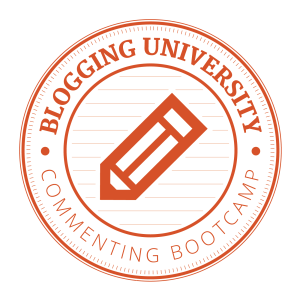 Book Expo may have started last Wednesday but my preparation began long before. Every day I read several newsletters about upcoming book releases, literary awards and what’s hot in the world of books. I have my eye out for titles I’ve been hearing about or favorite authors with new or upcoming releases. A month in advance, Book Expo releases online listings of more than 500 authors who will be autographing their books at the event. There are hundreds of exhibitors with thousands of new titles they are looking to bring to the attention of the attendees, so developing a plan is really key.
Book Expo may have started last Wednesday but my preparation began long before. Every day I read several newsletters about upcoming book releases, literary awards and what’s hot in the world of books. I have my eye out for titles I’ve been hearing about or favorite authors with new or upcoming releases. A month in advance, Book Expo releases online listings of more than 500 authors who will be autographing their books at the event. There are hundreds of exhibitors with thousands of new titles they are looking to bring to the attention of the attendees, so developing a plan is really key.
Before leaving home, I built an agenda with the authors/titles I wanted to bring home, knowing that many were at the same time or required tickets. Of course, all these plans play a distant second once it’s time to navigate the show floor.  This is a view from above of a section of the exhibition area. As many of the big publishers have consolidated (think Penguin and Random House), their booths have become larger. Some small/independent presses are finding it too costly to attend or share booth space with others. There are also consortiums, smaller presses who band together for purposes of marketing and distribution. And the best information really comes from the seasoned professionals who really know their titles and will take the time t o share their knowledge.
This is a view from above of a section of the exhibition area. As many of the big publishers have consolidated (think Penguin and Random House), their booths have become larger. Some small/independent presses are finding it too costly to attend or share booth space with others. There are also consortiums, smaller presses who band together for purposes of marketing and distribution. And the best information really comes from the seasoned professionals who really know their titles and will take the time t o share their knowledge.
The big guys have a lot going for them – high traffic locations on both sides of the aisle creating a showroom rather than a booth. And they have carpeting with padding. That may not sound important but each day attendees walk miles from booth to booth AND spend as much as an hour at a time waiting for a signing. Comfort underfoot is a real draw. And of course, there are the books. The larger publishers give away more titles and have big authors signing in their booths. They often have ridiculously long lines as well.
It takes great restraint to turn down free books when they are offered, but it is vital for survival. I know I won’t be reading dystopic fiction or most graphic novels, and the “all romance, all the time” booths hold little attraction. While my tastes run more to literary fiction, memoirs and narrative history, I do love a good mystery and an occasional thriller. I only pick up young adult (YA) titles and children’s books if I plan to gift them. I try to be critical as I place the books in a (branded) tote, knowing that I have to either carry them or ship them home. I flew Southwest to Chicago in anticipation of filling a small duffle with my Friday afternoon gatherings and dropping them at curbside check-in. The books I sent by UPS will arrive tomorrow.
I try to be critical as I place the books in a (branded) tote, knowing that I have to either carry them or ship them home. I flew Southwest to Chicago in anticipation of filling a small duffle with my Friday afternoon gatherings and dropping them at curbside check-in. The books I sent by UPS will arrive tomorrow.
Next up is the post on the Adult Book and Author Breakfast.
By Friday, look for “What the heck is Book Group Speed Dating?”
Please let me know if there are books you are just waiting to see published. You never know, I may have a copy!






